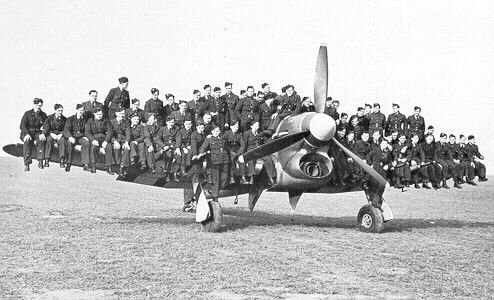Let's see. Things that should be taught that I *did* do during PP training:
1) Actual IMC. Whole different ball o' wax than the hood. Disorientation was very strong the first time. Luckily, actual is not in short supply here in WI and I had an excellent instructor who was willing to do actual with me - First actual for me was as I was ticking over 10 hours. On a later flight, when I shut down, he said "Congratulations, you now have more actual than I did when I got my instrument rating."
2) Landing at unpaved fields. It's really pretty easy, but I think a lot of people are afraid of it at first, and I think a lot of people discount all of the good unpaved possibilities when they're required to land in an emergency.
3) Aborted takeoffs. This wasn't so much something that was specifically taught, but I got the "opportunity" when we had a tire go flat during a T&G. I felt an unusual vibration and pulled the throttle back, and felt it pulling to one side when I slowed down.
4) Experienced lots of different airspace. Trained at a C, but did TRSA, D, and plenty of uncontrolled fields.
BTW, all of the above was in just 42.6 hours, so I don't think any of those things really take extra time - You just have to actually do them.
Things that should be taught that I didn't do during PP training:
1) Fueling an airplane at a self-serve pump. With the number of accidents caused by people running out of gas, this ought to be required. I think late at night a lot of people decide to stretch to make it home rather than stop at a self-serve pump simply because it's not in their comfort zone and they don't know how to do it. Required training here would be very beneficial.
2) Flying in legal but less-than-ideal weather. I went flying in soupy 4-5 mile vis a few months after getting my Private, and it was a real eye-opener. I'm normally the first person in the plane to spot traffic, but on that day I got a traffic call from ATC for a plane 1/2 mile off my wing at the same altitude and never saw him. These days, I'd be going IFR in those conditions.
3) Going for a $100 hamburger. New pilots don't know the ins and outs of non-flight school FBOs, courtesy cars and the etiquette involved with them, etc. so it's not in their comfort zone to do something like this right off the bat. I think it'd be a great help to GA if we taught people what they need to know to both use and have fun with GA after they're done with their certificate.


